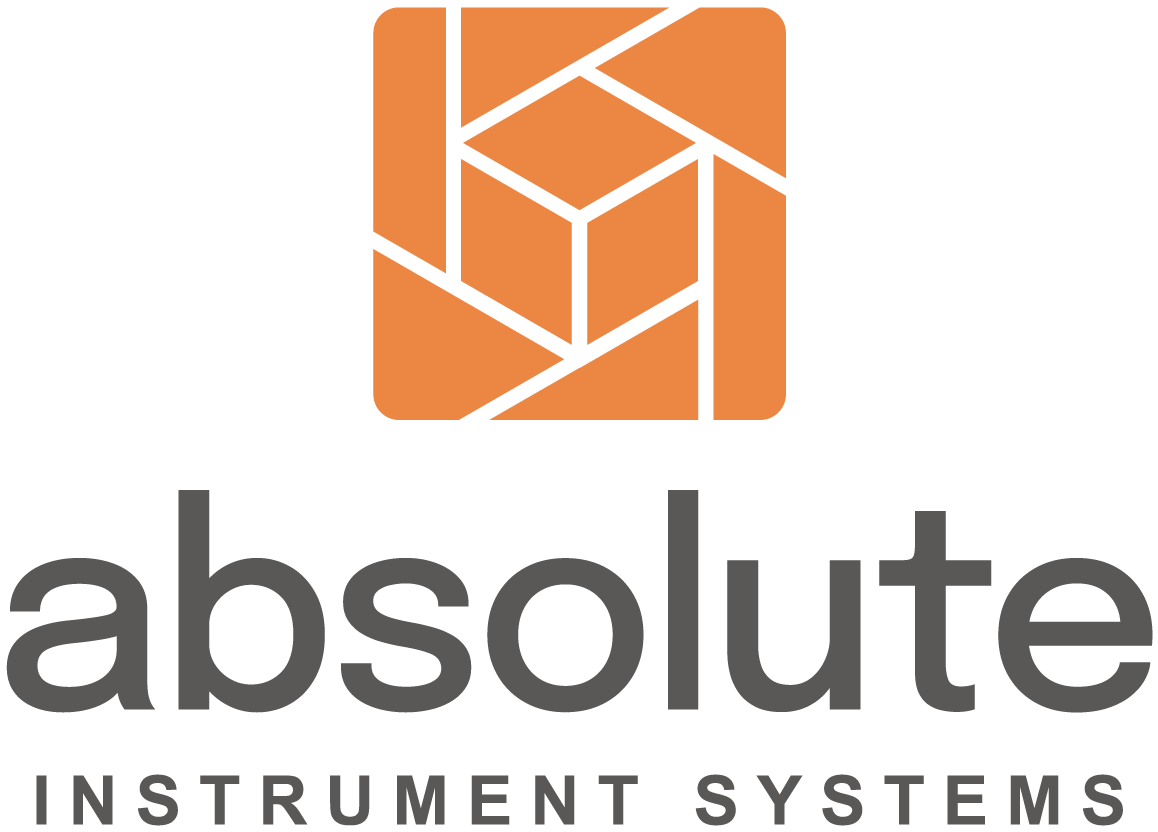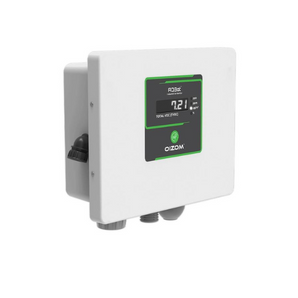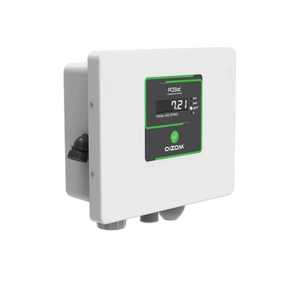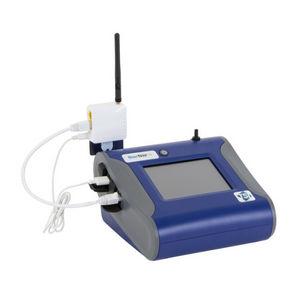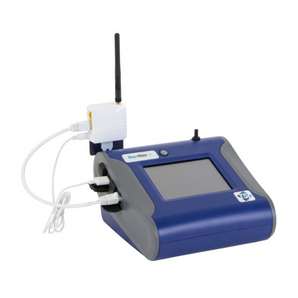Air pollution is not just an environmental issue, it’s a workplace health risk and a compliance requirement, and one of the most critical pollutants of concern is PM 2.5, or fine particulate matter with a diameter of 2.5 microns or smaller. Despite its microscopic size, PM 2.5 poses significant health risks to workers and communities surrounding industrial sites.
Industrial impact of the PM 2.5
What is PM 2.5?
PM 2.5 refers to particulate matter smaller than 2.5 microns in diameter. These particles are about 30 times smaller than the width of a human hair, making them invisible to the naked eye but easily inhaled deep into the lungs.
Why is PM 2.5 dangerous?
Because of their small size, PM 2.5 particles can penetrate deep into the respiratory system and enter the bloodstream. Long-term exposure can lead to serious health conditions such as:
-
Chronic respiratory diseases
-
Cardiovascular diseases
-
Reduced lung function
According to the World Health Organization, exposure to PM 2.5 was responsible for approximately 4.2 million premature deaths worldwide in 2019. (WHO)
Industrial environments: why should you be concerned?
Industries that generate PM 2.5
Many industrial activities generate PM 2.5, including:
-
Manufacturing (especially cement, steel, and textiles)
-
Mining and quarrying
-
Power generation (coal-fired plants, biomass energy)
-
Construction and demolition activities
In these sectors, fine particulate matter is released during combustion processes, material handling, and equipment operation. Without proper monitoring and control, PM 2.5 levels can exceed both workplace safety standards and ambient air quality guidelines.

Impact on worker health and productivity
Increased PM 2.5 exposure in workplaces has been linked to higher rates of absenteeism, reduced productivity, and long-term health costs. In Singapore, the Workplace Safety and Health Council emphasizes the importance of controlling airborne contaminants to maintain industrial hygiene standards.
Regulatory compliance and PM 2.5
Singapore’s ambient air quality targets
Singapore’s National Environment Agency (NEA) sets air quality targets for PM2.5, aiming for an annual mean of 12 µg/m3 (Sustainable Singapore Blueprint target) and a 24-hour mean of 37.5 µg/m3.
Malaysia’s environmental air quality
Under Malaysia’s Environmental Quality (Clean Air) Regulations 2014, industries are required to continuously monitor emissions, including PM 2.5, and submit reports to the Department of Environment (DOE).
PM 2.5 monitoring in industrial hygiene and environmental compliance
One-off air quality assessments can be replaced by real-time continuous PM 2.5 monitoring for:
-
Immediate detection of high particulate levels
-
Data-driven insights for proactive decision-making
-
Compliance evidence for regulatory audits
Continuous monitoring ensures that industries remain compliant 24/7, reducing risks of non-compliance penalties and protecting worker health. By continuously measuring PM 2.5, industries can:
-
Identify hazardous areas on-site
-
Implement targeted ventilation and dust control measures
-
Provide workers with timely personal protective equipment (PPE)
-
Demonstrate commitment to current standards
Solutions that make PM 2.5 monitoring simple and effective
TSI DustTrak™ Environmental Monitor 8543
When it comes to accurately monitoring PM 2.5 levels in industrial settings, the TSI DustTrak™ Environmental Monitor 8543 stands out as a trusted solution. Designed for both ambient air quality monitoring and industrial hygiene applications, this advanced device offers real-time particulate measurement, helping industries in Singapore and Malaysia meet strict regulatory requirements.
Key features and benefits
Simultaneous monitoring of multiple particle sizes
-
Measures PM 1, PM 2.5, PM 10, and Total Suspended Particulates (TSP) in real-time.
-
Offers a comprehensive view of particulate levels, allowing operators to make fast, informed decisions.
Real-time data with remote access
-
Provides continuous data collection with the ability to access results remotely through cloud-based platforms.
-
Enables proactive response to high particulate levels before they lead to non-compliance or health risks.
Rugged and weather-resistant design
-
Ideal for outdoor deployment in harsh environments such as construction sites, mines, and heavy industrial areas.
-
Operates reliably in Singapore’s humid and variable climate.
Regulatory compliance support
-
Supports Singapore’s National Environment Agency (NEA) targets and Malaysia’s Department of Environment (DOE) standards for ambient air quality.
-
Generates accurate, traceable data suitable for reporting to environmental regulators.
Learn more about the product here.

Conclusion
Continuous monitoring of PM 2.5 is no longer a future consideration, it’s an immediate necessity. For industrial operators in Singapore and Malaysia, investing in real-time particulate monitoring solutions demonstrates a commitment to worker safety, regulatory compliance, and environmental responsibility.
At Absolute Instruments, we are committed to delivering state-of-the-art PM 2.5 monitoring solutions that meet the demands of modern industries. Whether you operate in manufacturing, mining, or construction, we have the tools you need to protect your workforce and the environment.
Contact us today to learn how we can help you implement a comprehensive PM 2.5 monitoring system tailored to your operations.
